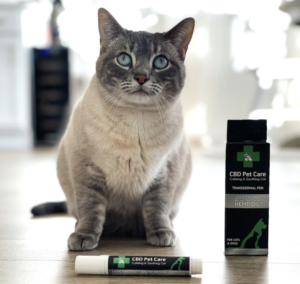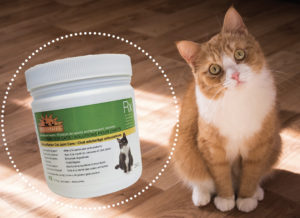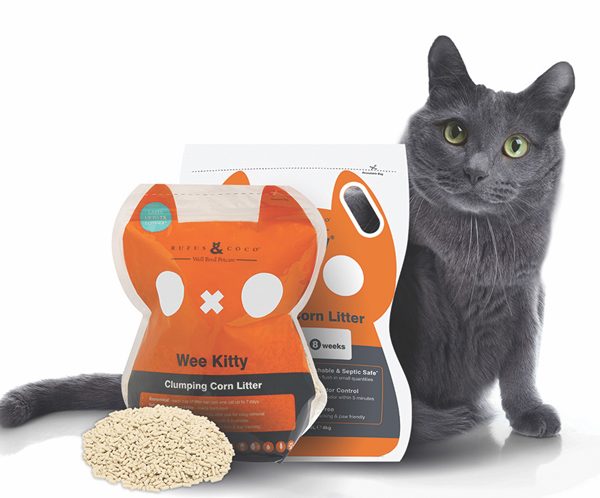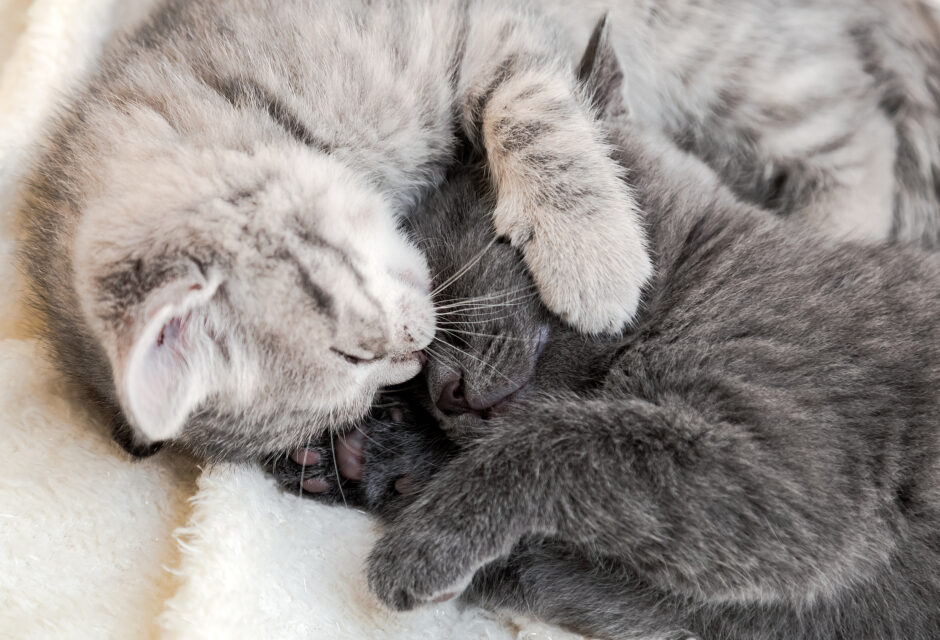

How to Spot Arthritis in Your Cat—and What to do About It
Does your cat have arthritis? The signs aren’t as obvious to spot as you may think. Here's how to spot arthritis in your cat and what to do.
Arthritis is extremely prevalent in older cats. It is estimated that as many as 90 percent of cats over the age of 12 have some form of arthritis, but its signs aren’t as obvious to spot as you may think.
How to tell if your cat has arthritis
Feline arthritis can be challenging to spot because cats are excellent at hiding pain and will modify their behaviour to hide illness. Instead of cats clearly demonstrating they have arthritis, they may simply stop doing things they used to do. You may notice them grooming less, sleeping more or sleeping in lower places because they are no longer able to access the higher spots. You may also notice that your older cat is more irritable, especially when picked up or handled. This may be a sign that they are in pain. Arthritic cats also hesitate when they are jumping up or down from higher places. Occasionally cats with arthritis will limp, but the vast majority of cats will not, so limping is a poor indicator of arthritis in cats.
If you have an older cat, it is really important to pay attention to any slight changes in behaviour that may indicate that your cat is arthritic. Many owners associate these signs as an indication that their cat is “slowing down,” when in fact their cat may have potentially painful yet treatable arthritis.
Your vet will be able to help you to diagnose arthritis by palpating the joints and their overlying muscles, coupled with your observations at home. X-rays can also be performed if needed. Another way to confirm arthritis is to simply treat the cat as if they have arthritis using pain medication. If the cat suddenly becomes more mobile and starts playing and grooming more, it is a fair assumption that the cat was in pain due to arthritis.
What you can do at home to help your arthritic cat
There are plenty of things you can do at home to make your arthritic cat’s environment easier to navigate and their daily tasks easier to perform. Raising food and water bowls can help cats who have arthritis in their back or neck by allowing them to bend their head and neck less when they eat and drink. There are lots of good-looking raised pet food bowls available, but you could simply put
a book or a brick under the bowl to raise it up a couple of inches.
“Occasionally cats with arthritis will limp, but the vast majority of cats will not.”
Help your cat get to high places by providing steps. You can make these at home or there are many styles of cat steps for sale online. Put these next to beds, sofas or windows your cat favours, so instead of having to jump, he can simply walk up the steps. If you have an outdoor cat, steps can also be placed outside so that your cat finds it easier to get over fences or access a perching spot in your garden that is high up. My top tip for buying steps is to please use a measuring tape. You want to make sure that you are buying steps that are high enough. Steps should also be non-slip. Try to buy steps with a wide tread so that when your cat is stepping down, the step is not too narrow.
If you have an older cat, I also recommend that you place a litter box on each level of your home so that your cat does not have to walk up and down stairs to go to the toilet. Litter boxes should also have a low lip so that your cat does not have to step over a high lip when getting into the box. Inaccessible litter boxes are a very common cause of older cats urinating in the house, simply because it is more convenient to urinate on the floor than navigate stairs.
Please continue to play with your older cat. This will increase bonding, alleviate boredom, and contribute to your cat’s wellbeing. Due to their arthritis, your older cat may want to play for a shorter amount of time and then rest. You should encourage them to play for short amounts of time more frequently.
If you feel that the changes you are making at home are not sufficient to manage your cat’s arthritis and you are worried that your cat may be in pain, please consult your vet. There are several treatments, such as anti-inflammatory painkillers and acupuncture, that can be used to help your cat feel more comfortable.
How to Help Cats With Arthritis
As your cat gets older, they may experience mobility issues making it difficult to use a traditional litter box. The Easy-entry KittyGoHere Litter Box offers a solution. This litter box features two
Easily deliver the many benefits of CBD, like pain relief, with the CBD Pet Care Transdermal Pen. Simply pump the pen for an exacting dose then rub into the inside of your cat’s ear to supply organic, broad-spectrum hemp with naturally occurring CBD, plus MSM and lemon myrtle. ($40, thegreenpetshopcbd.com)
Formulated with a feline-specific blend of glucosamine, antioxidants, and vitamins, WellyTails Senior Cat Vitality Supplement supports joints, immunity, and urinary tract health. ($35, wellytails.com)
Provide continued, safe access to your cat’s favourite spaces. The pet steps from Bowsers Pet Products lets your cat avoid injury while climbing or jumping. (from $180, bowsers.com)
Join the newsletter and never miss out on cat content again!
"*" indicates required fields
By clicking the arrow, you agree to our web Terms of Use and Privacy & Cookie Policy. Easy unsubscribe links are provided in every email.














